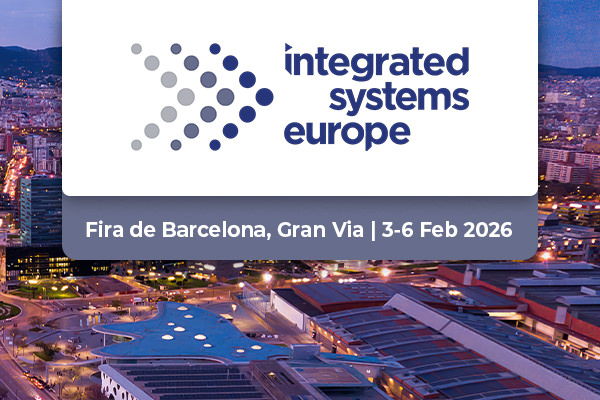
New Technology for More Effective Video Meetings
August 6th, 2021
Since the shift to virtual and hybrid working, we’ve all experienced some form of video fatigue. Whether it be back to back video meetings discussing different topics or enduring a meeting that has lasted well over an hour, the era of virtual meetings can be challenging and as a result can lead to unengaged attendees.
While these challenges may be hard to overcome and are a common problem for all, there are a number of different tools and technologies that organisations can implement to have a positive impact on productivity and engagement during video meetings, leading to a much more effective video meeting experience.
Interoperability for seamless attendance
In a world where remote working and an uptake of video collaboration platforms is on the rise, the challenge of connecting devices and systems remains. With so many video conferencing platforms on the market, and both internal and external meetings taking place, there can often be calls taking place across a number of different platforms. Having the ability to smoothly connect from one call to another is key to productivity and collaborating effectively.
Some vendors are already working together around this and many video conferencing platforms now offer a degree of interoperability. Vendors such as Zoom and Cisco enabled integration for Microsoft Teams, meaning that with the click of a button, Microsoft Teams and Zoom users can join each other’s meetings as guests all while keeping the essential meeting functionality from their individual room systems. Microsoft customers can also enable one-click Zoom meetings from a Microsoft Teams Room and there is also an agreement in place between Microsoft and Cisco to drive open and seamless collaboration.
Leveraging UC technology
Video conferencing solutions come packed with a number of features that help participants remain engaged in meetings and allow discussions to flow productively. Voting systems allow attendees to provide thoughts and insights regarding a topic of conversation and to let the organiser know they’re actively engaging in the meeting. Using the “raise hand” gesture, participants can announce that they’d like to talk next. This prevents unwanted interruptions and ensures that all participants get an opportunity to speak during the meeting. Virtual breakout rooms, as found in Cisco Webex Meetings, allow users to split into smaller groups away from the main meeting to interact and discuss specific areas of the business, reconvening with the rest of the meeting when discussions have concluded.
Other display features, such as having the ability the blur the background and spotlighting the current speaker, allow for a more engaging experience and prevents any potential distractions that may negatively impact the meeting. Having the ability to customise how the user wants to view other attendees on the screen helps improve the user experience and boost meeting engagement.
More advanced features include live captions, which not only boost engagement and clarity, but it also increases accessibility and inclusivity for participants that may suffer from disabilities such as deafness. These features are likely to become even more advanced over time and have capability to translate different languages in real time. This will be a real game changer and enable global businesses to seamlessly communicate with other regions and nationalities.
Collaboration is key
Video conferencing platforms give participants the ability to collaborate and share documents with attendees. Features such as screen sharing allow participants to share a real time view of their computer, giving them the control to share documents and presentation slides. This makes the meeting more engaging for the viewer and also allows teams to collaborate and work together on a specific document simultaneously all while working in different locations.
Other collaboration technology such as integrated whiteboards enable users to annotate and interact with any content that is shared, from PowerPoint presentations and PDF documents to videos, images and specific web pages. This is more productive as multiple participants can join a video meeting to discuss a document and perform live edits collaboratively.
While attendees and participants are ultimately in charge of how they engage in video meetings and ensuring they are focussing on the topic in head, video conferencing offers a whole host of features to increase engagement for all. As organisations continue to adopt hybrid working among their workforces, video conferencing will become more important than ever, both in bridging the gap between remote and office working and evolving over time to meet the needs of modern-day workers.




